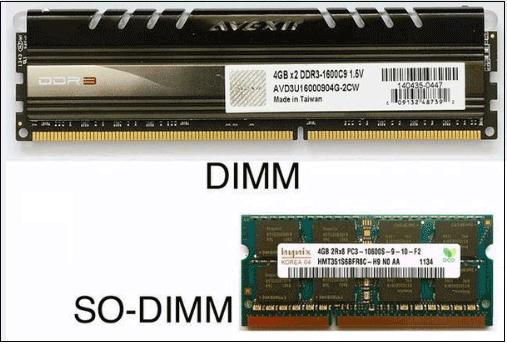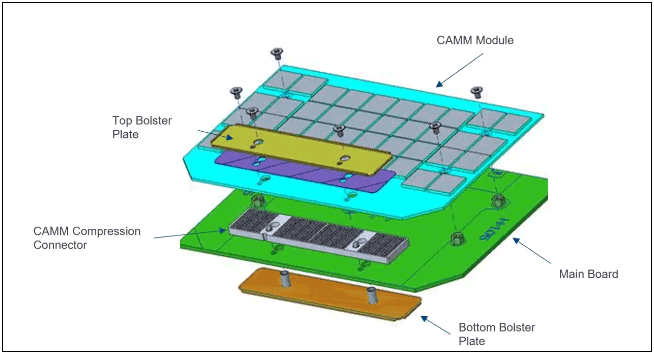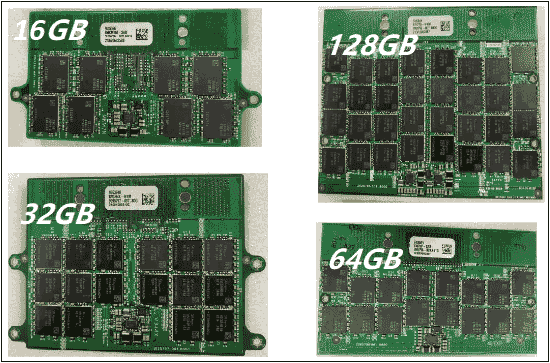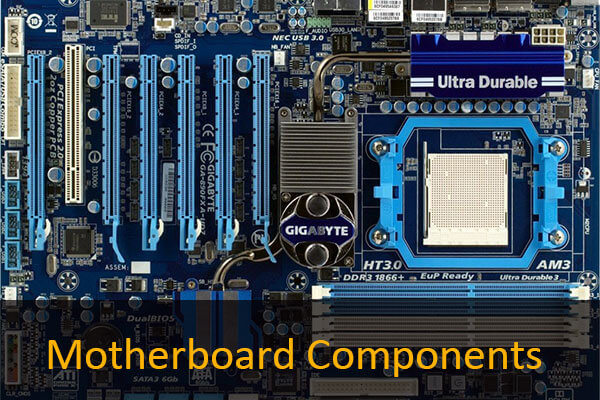CAMM, or the Common Access Memory Module, is an innovative memory standard introduced by Dell in 2022 to address the evolving needs of high-performance computing. This post from Partition Magic will answer this question: what is CAMM?
Introduction to CAMM
What is CAMM? CAMM stands for Compression Attached Memory Module and is a new memory module form factor designed for thin-profile laptops or all-in-one systems. Initially a Dell proprietary design, in late 2022 the CAMM concept was introduced by Dell to JEDEC, the industry standards body for memory modules, to create a new standard for anyone to use.
CAMM modules were created to address specific challenges for computer manufacturers. Traditional memory modules, such as DIMMs (Dual In-line Memory Modules) and SO-DIMMs (Small Outline DIMMs), have served well for many years but are limited by their size, power consumption, and scalability.

Since the introduction of the first Intel Ultrabook™ design, the Apple MacBook Air in 2011, manufacturers have struggled with memory and other components squeezing into a thin profile form factor. Traditional SO-DIMMs proved to be too thick to fit into this class of systems, with the SO-DIMM socket having specific height requirements that couldn’t be accommodated in the Ultrabook.
This forced computer manufacturers to use discrete DRAM surface mounted directly to the motherboard. In manufacturing, there are many downsides to this approach. For example, if one DRAM component failed during testing, the entire motherboard would need to be reworked for the DRAM to be removed and replaced (versus simply swapping out a module on the production line).
As chip prices and availability tend to fluctuate with the memory market, manufacturers also struggle to plan for the most cost-effective memory type for their systems. Instead of leads on the bottom edge of the conventional memory module that plug into a socket, the CAMM uses a compression connector that mounts to a thin interposer on the motherboard.

Screws are then used to secure the CAMM in place. A CAMM can be single-sided to reduce z-height to accommodate a very thin profile system, placing the DRAM memory components on one side, with options for the width and length of the CAMM module to support higher memory capacities.
The JEDEC CAMM designs support different types of memory components (DDR5 and LPDDR5/X) to be used on the same socket, which provides flexibility for manufacturers to choose the right memory type for their systems.
Benefits of CAMM
CAMM offers several technical advantages over traditional memory modules. One of the key features is its ability to support higher memory capacities in a smaller physical footprint.
Traditionally, two SODIMMs are required to accomplish a dual-channel configuration, while the CAMM designs enable dual-channel on a single module, thereby doubling the aggregated memory bandwidth in a single slot.

Another important aspect of CAMM is its performance. By optimizing the design of the memory module and reducing the distance between memory chips and the CPU, CAMM can offer higher data transfer rates and lower latency. This results in improved overall system performance, particularly in memory-intensive applications.
Power efficiency is also a critical consideration in the design of CAMM. By reducing the power consumption of the memory module, CAMM can contribute to longer battery life in portable devices and lower energy costs in data centers. This makes CAMM an attractive option for a wide range of computing environments, from laptops and desktops to high-performance servers.
Applications of CAMM
CAMM’s benefits make it suitable for a wide range of applications across different computing environments.
In gaming and professional workstations, where performance and memory capacity are critical, CAMM can provide the necessary boost in performance and capacity without increasing the physical size of the memory module. This can lead to improved gaming experiences and more efficient workflows in professional applications such as video editing and 3D rendering.
In data centers, CAMM’s high memory density and power efficiency can help reduce energy costs and improve the overall performance of servers. This can lead to more efficient data processing and storage, helping data centers meet the growing demand for cloud computing and big data applications.
In portable devices such as laptops and tablets, CAMM’s compact form factor and power efficiency can lead to longer battery life and improved performance. This can result in more powerful and efficient portable computing devices, helping to meet the needs of modern users who demand high performance and long battery life.
Bottom Line
To sum up, this post gives you detailed instructions for CAMM. After reading this post, you can know what CAMM is, as well as its benefits and its application scenarios.


User Comments :